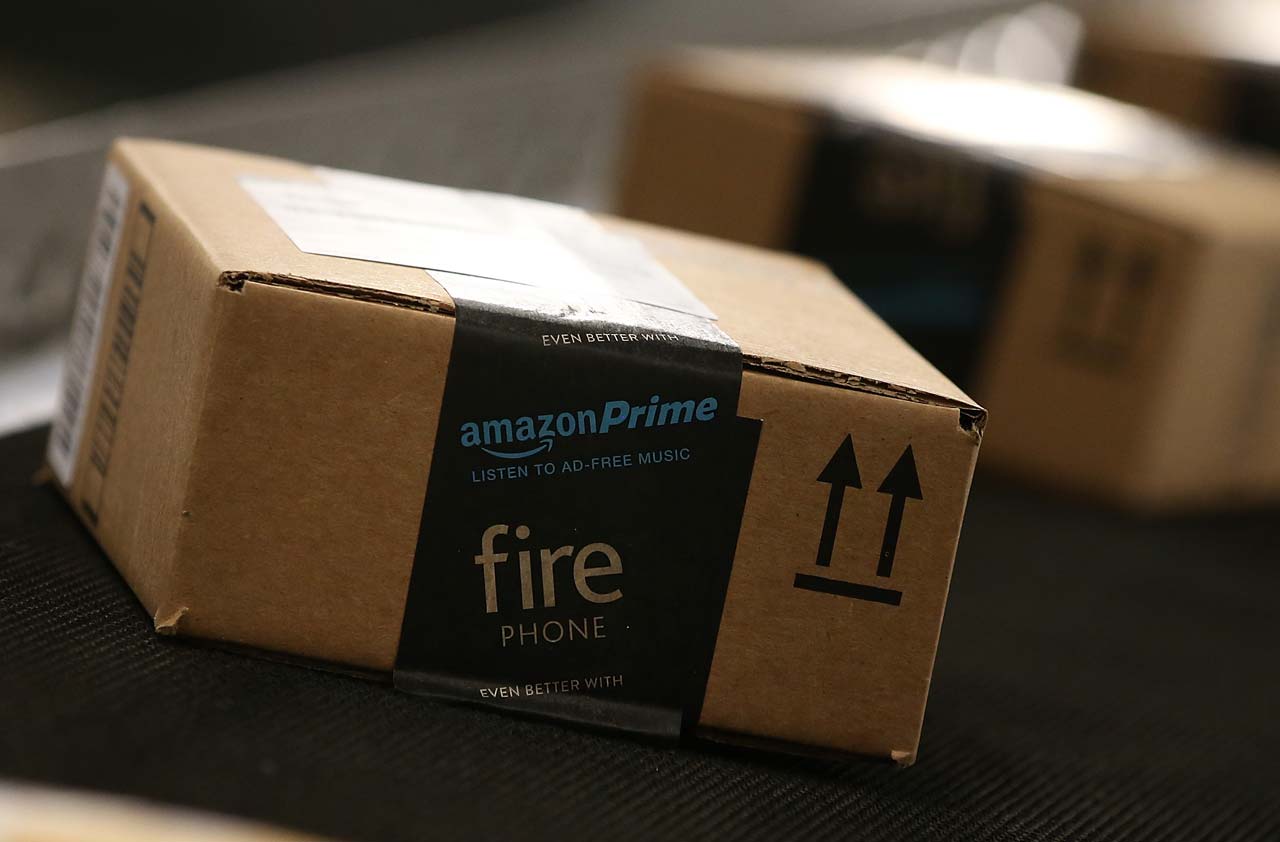Peer-to-Peer Payments Made Easier
These prepaid cards are linked to peer-to-peer accounts.


Venmo, a peer-to-peer (or “P2P”) payment app, recently unveiled a Mastercard-branded card that allows users to pay for items with money stashed in their accounts. The card is similar to a Visa-branded card introduced last year by Square Cash that allows users to spend money in their Cash P2P app.
Both cards can be linked to your bank account. In the case of the Venmo card, you can choose to have your card automatically reloaded if you don’t have enough money in the app to pay for a purchase. The Cash card must be reloaded manually from your bank account. If you don’t have enough money in the app to pay for a purchase, the card will be declined.
Meanwhile, Starbucks has introduced a Visa-branded prepaid card aimed at people who can’t get enough free coffee. Unlike the Starbucks app, which can only be used to buy Starbucks products, the Chase Bank prepaid card can be used anywhere that Visa is accepted. Users earn one star in the Starbucks loyalty program for every $10 they spend with the card.

Sign up for Kiplinger’s Free E-Newsletters
Profit and prosper with the best of expert advice on investing, taxes, retirement, personal finance and more - straight to your e-mail.
Profit and prosper with the best of expert advice - straight to your e-mail.
None of the cards has a monthly fee, and all offer zero liability as long as you report unauthorized transactions within 60 days.
Get Kiplinger Today newsletter — free
Profit and prosper with the best of Kiplinger's advice on investing, taxes, retirement, personal finance and much more. Delivered daily. Enter your email in the box and click Sign Me Up.

Rivan joined Kiplinger on Leap Day 2016 as a reporter for Kiplinger's Personal Finance magazine. A Michigan native, she graduated from the University of Michigan in 2014 and from there freelanced as a local copy editor and proofreader, and served as a research assistant to a local Detroit journalist. Her work has been featured in the Ann Arbor Observer and Sage Business Researcher. She is currently assistant editor, personal finance at The Washington Post.
-
 6 Stunning Waterfront Homes for Sale Around the US
6 Stunning Waterfront Homes for Sale Around the USFrom private peninsulas to lakes, bayous and beyond, Kiplinger's "Listed" series brings you another selection of dream homes for sale on the waterfront.
By Charlotte Gorbold Published
-
 Six Reasons to Disinherit Someone and How to Do It
Six Reasons to Disinherit Someone and How to Do ItWhether you're navigating a second marriage, dealing with an estranged relative or leaving your assets to charity, there are reasons to disinherit someone. Here's how.
By Donna LeValley Published
-
 Roth IRA Contribution Limits for 2025
Roth IRA Contribution Limits for 2025Roth IRAs Roth IRA contribution limits have gone up. Here's what you need to know.
By Jackie Stewart Last updated
-
 Four Tips for Renting Out Your Home on Airbnb
Four Tips for Renting Out Your Home on Airbnbreal estate Here's what you should know before listing your home on Airbnb.
By Miriam Cross Published
-
 Five Ways to a Cheap Last-Minute Vacation
Five Ways to a Cheap Last-Minute VacationTravel It is possible to pull off a cheap last-minute vacation. Here are some tips to make it happen.
By Vaishali Varu Last updated
-
 How to Figure Out How Much Life Insurance You Need
How to Figure Out How Much Life Insurance You Needinsurance Instead of relying on rules of thumb, you’re better off taking a systematic approach to figuring your life insurance needs.
By Kimberly Lankford Last updated
-
 Five Reasons You Shouldn't Shop on Amazon Prime Day
Five Reasons You Shouldn't Shop on Amazon Prime DaySmart Buying Think twice before getting lured into buying a bunch of stuff you don't need just because it's on sale.
By Andrea Browne Taylor Last updated
-
 Amazon Big Deal Days Is Coming! We’ve Got All the Details
Amazon Big Deal Days Is Coming! We’ve Got All the DetailsAmazon Prime To kick off the holiday season with a bang, Amazon Big Deal Days runs Tuesday, October 8 and Wednesday, October 9.
By Bob Niedt Last updated
-
 How to Shop for Life Insurance in 3 Easy Steps
How to Shop for Life Insurance in 3 Easy Stepsinsurance Shopping for life insurance? You may be able to estimate how much you need online, but that's just the start of your search.
By Kaitlin Pitsker Last updated
-
 Five Ways to Shop for a Low Mortgage Rate
Five Ways to Shop for a Low Mortgage RateBecoming a Homeowner Mortgage rates are high this year, but you can still find an affordable loan with these tips.
By Daniel Bortz Last updated